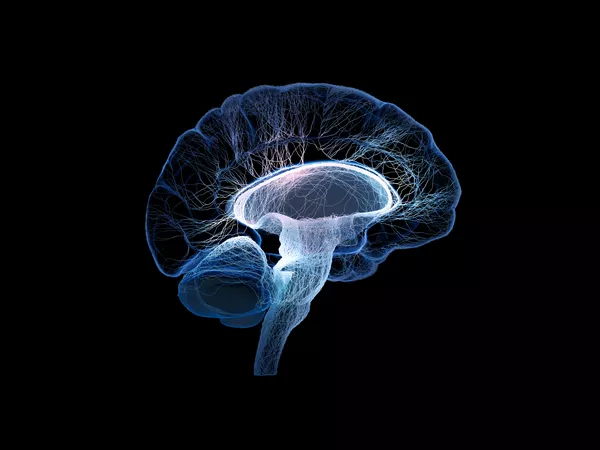EDITORIAL
Published on 15 Apr 2020
Editorial: Advances in Multi-Scale Analysis of Brain Complexity
doi 10.3389/fnins.2020.00337
- 2,706 views
- 5 citations
17k
Total downloads
71k
Total views and downloads
EDITORIAL
Published on 15 Apr 2020
ORIGINAL RESEARCH
Published on 27 Nov 2018
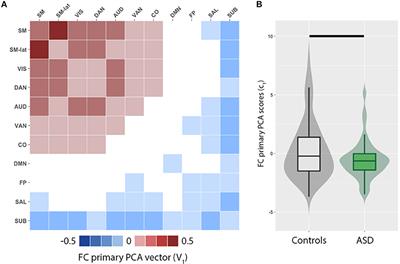
ORIGINAL RESEARCH
Published on 20 Nov 2018
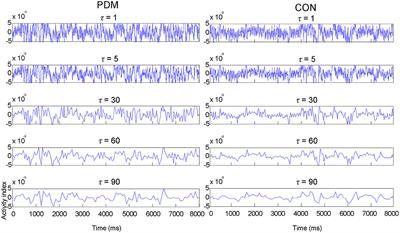
ORIGINAL RESEARCH
Published on 13 Nov 2018
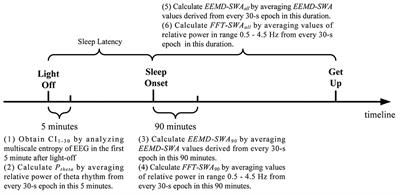
ORIGINAL RESEARCH
Published on 06 Nov 2018
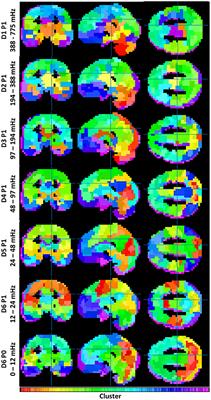
ORIGINAL RESEARCH
Published on 30 Oct 2018
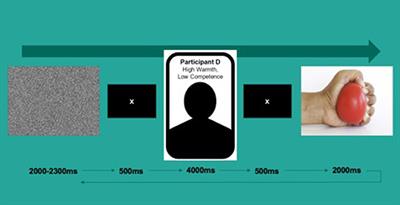
ORIGINAL RESEARCH
Published on 23 Oct 2018
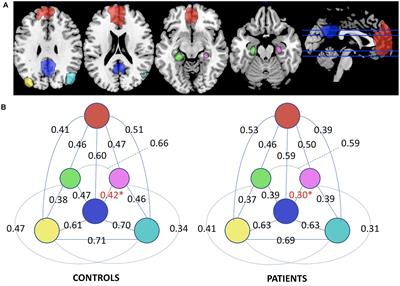
ORIGINAL RESEARCH
Published on 04 Oct 2018

ORIGINAL RESEARCH
Published on 01 Oct 2018
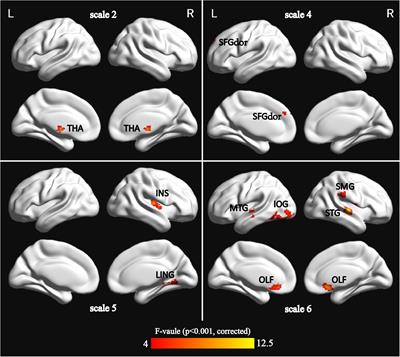
ORIGINAL RESEARCH
Published on 20 Sep 2018
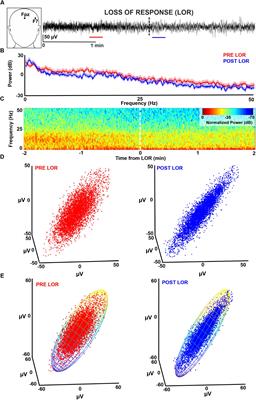
PERSPECTIVE
Published on 14 Aug 2018
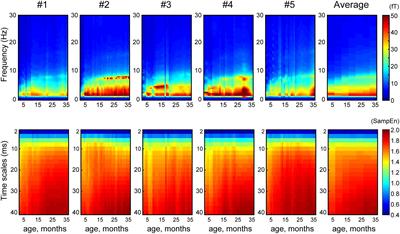
CORRECTION
Published on 30 Jul 2018
